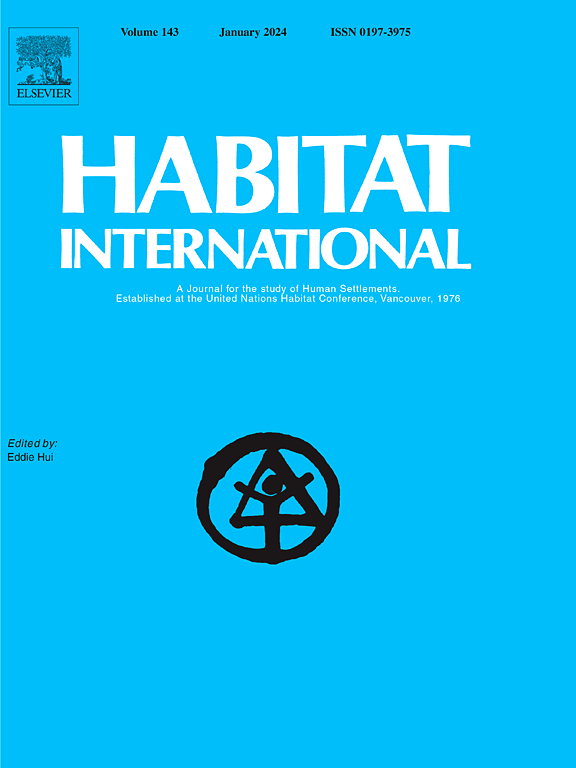Quantitative characterization of China's farmland scale utilization level and driving factors: A 30-year comprehensive evaluation perspective
IF 6.5
1区 经济学
Q1 DEVELOPMENT STUDIES
引用次数: 0
Abstract
Enhancing farmland scale utilization is crucial for achieving the sustainable development goal of zero hunger and ensuring food security. However, quantitative research on this topic is relatively lacking. This study focuses on the scientific issue of how to quantify and characterize China's farmland scale utilization level and its driving factors in a long time series. Based on long-term multi-source spatiotemporal data, we comprehensively used the entropy weight-catastrophe progression model and GTWR model to construct a quantitative analysis method for the farmland scale utilization, quantitatively assessed and revealed the spatiotemporal differentiation patterns and driving factors of farmland scale utilization in China over the past 30 years. We found that: (1) Farmland scale utilization level in China has shown a slow upward trend from 1990 to 2020, with an average value ranging from 0.3 to 0.4, mainly at lower and medium grades. 89% of the prefecture-level cities experienced an increase in scale utilization level, while 11% saw a decrease. The most significant increase occurred in the Northeastern China, while the most significant decrease occurred in the Yangtze River Delta and the Pearl River Delta. (2) The influence degree of driving factors was ranked as follows: farmland terrain relief > per capita farmland area > proportion of secondary and tertiary industries > urbanization rate > population density > land use intensity > farmland elevation > per capita GDP > rural per capita net income > road accessibility > distance to the urban land. Each driving factor showed significant spatial differences in the degree and direction of impact on the scale utilization level, and exhibited different change characteristics over time. We recommend that future efforts should be focus on enhancing agricultural mechanization, promoting comprehensive land consolidation, and strengthening farmland protection to promote sustainable scale utilization of farmland. This study can provide scientific references for the formulation of management policies for the large-scale and sustainable utilization of farmland resources in different regions of China.
求助全文
约1分钟内获得全文
求助全文
来源期刊

Habitat International
Multiple-
CiteScore
10.50
自引率
10.30%
发文量
151
审稿时长
38 days
期刊介绍:
Habitat International is dedicated to the study of urban and rural human settlements: their planning, design, production and management. Its main focus is on urbanisation in its broadest sense in the developing world. However, increasingly the interrelationships and linkages between cities and towns in the developing and developed worlds are becoming apparent and solutions to the problems that result are urgently required. The economic, social, technological and political systems of the world are intertwined and changes in one region almost always affect other regions.
 求助内容:
求助内容: 应助结果提醒方式:
应助结果提醒方式:


